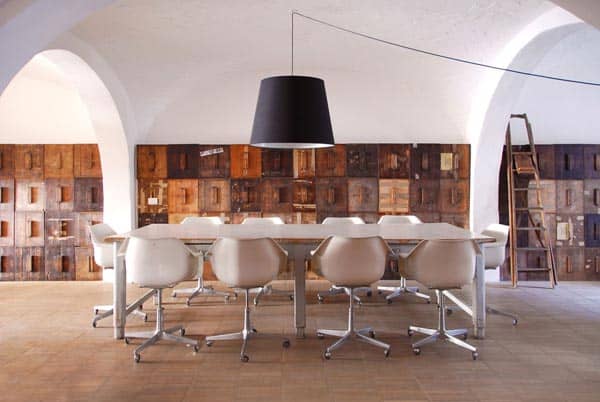
Three hundred ballot boxes turn an ex-industrial space used for carpentry into a spacious and original loft in Florence, Italy designed by b-arch architecture. The property was once a dyeworks in the nineteenth century, a carpenter’s workshop in the fifties, today ‘Box House’ is the residential loft of an architect whose design language and signature style is the fusion of modern and antique. Alessandro Capellaro and his partner Sabrina Bignami of B-arch architecture studio are both interested in the integration of contemporary language into historical contexts.
The architect has the challenge of foreseeing the potential of a space that might look very different from the final project, renovating it in a modern key, and adapting it to modern aesthetics and ways of life that still preserve the charm and essence of the historic atmosphere. As soon as Capellaro saw this space, he knew he wanted to transform the ex-industrial carpentry area into his own living room. “Behind the saws and planers that submerged from the wood, I saw an open space, free from conventions and full of memories.”
His design aimed to free up the space, removing partitions and replacing extant small windows with much larger ones that go all the way up to the vaulted ceiling, in order to create extra-large, bright space. But the memory of the old carpenter’s workshop is not dismissed, but it is indeed evoked in a new, original and fun way through the distinctive furniture which is the true, leading character of the house.
Three hundred wooden boxes – authentic ballot boxes from the 1940s – are arranged in every room, acting as creative boiserie in the dining room, a mobile counter in the kitchen, as a cupboard, couch, desk, and even bed. Sensing the enormous creative potential in these boxes, the architect purchased them en bloc at an auction with the intention of turning them into shelves or real base modules with which to design very personal furniture.
The natural wood tones are also found in the industrial hardwood flooring that paves all environments. The harmonic shades of this material are maintained and matched in relation with other materials used, such as cement which accents soft and natural atmospheres, or iron; originally used as coating in the bathroom.
Even more fascinating is the contrast of the colorful design pieces that architect has surrounded himself with, collected over time, or of the vintage lamps of his own production, paintings and vases. Original Robin Day chairs from the sixties surround the old dining table and “readymade” found objects that come directly from the streets are located at the entrance, such as the operating-room lamp.
In this modern loft in the heart of the historical center of Florence, pieces of personal life relate dialectically with recycled objects in an installation that relates both to collective national memory and to fresh, real life.


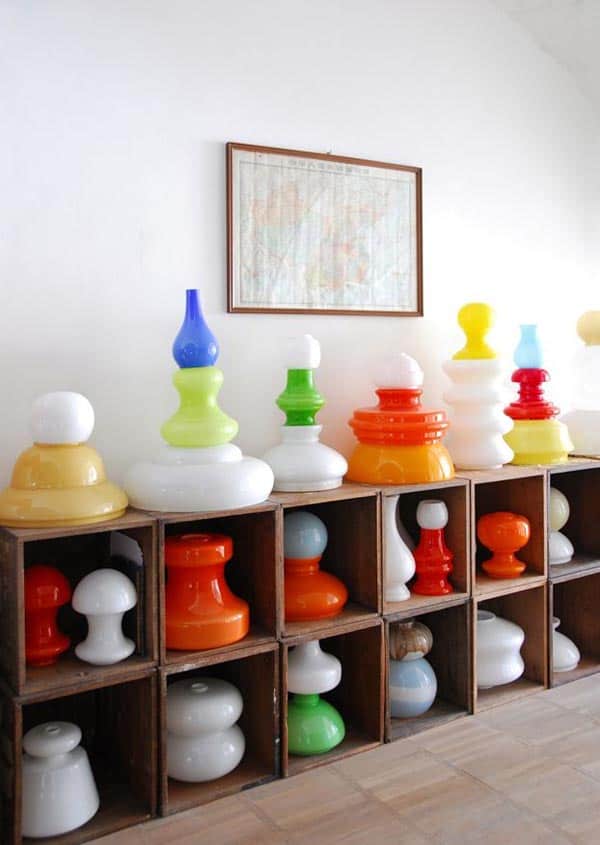
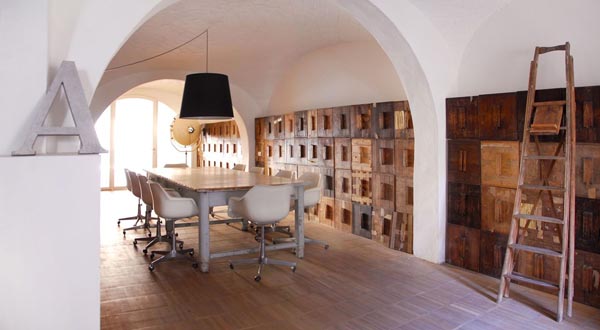
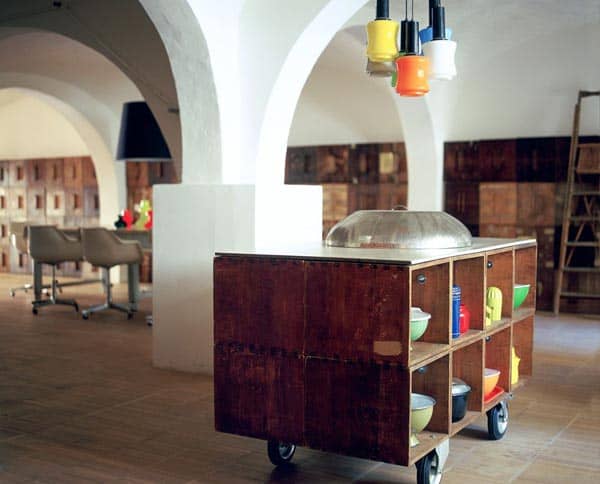
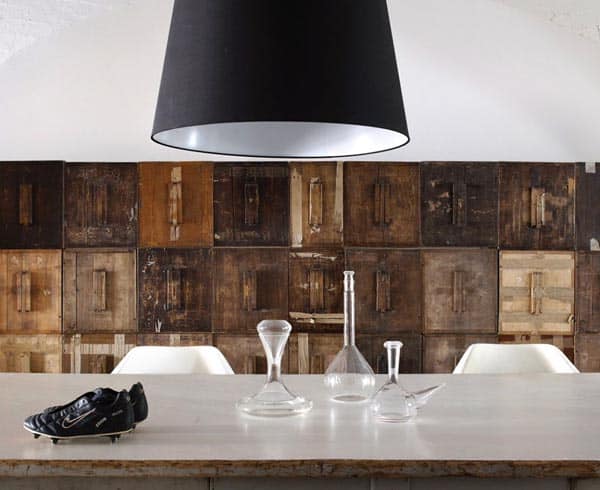
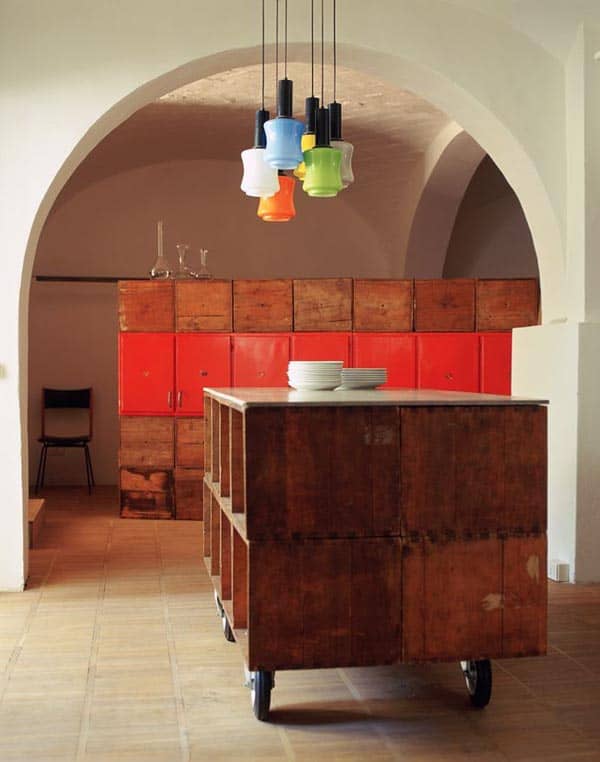
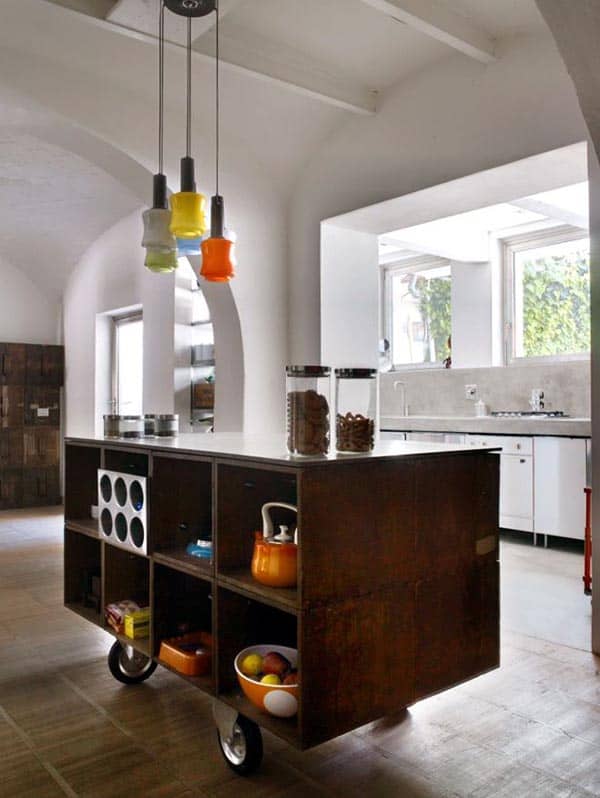
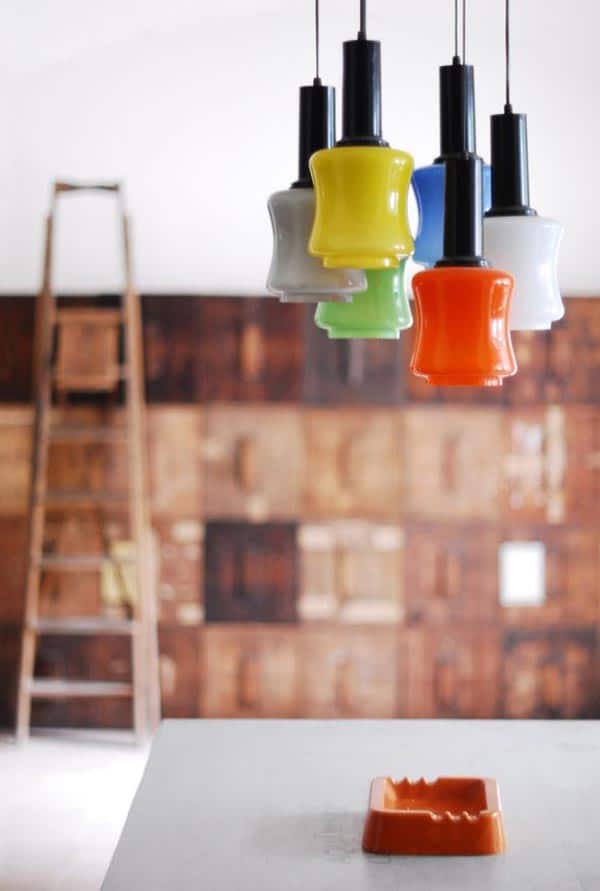

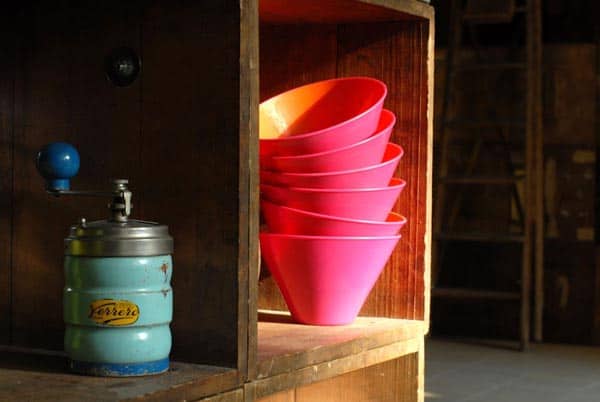

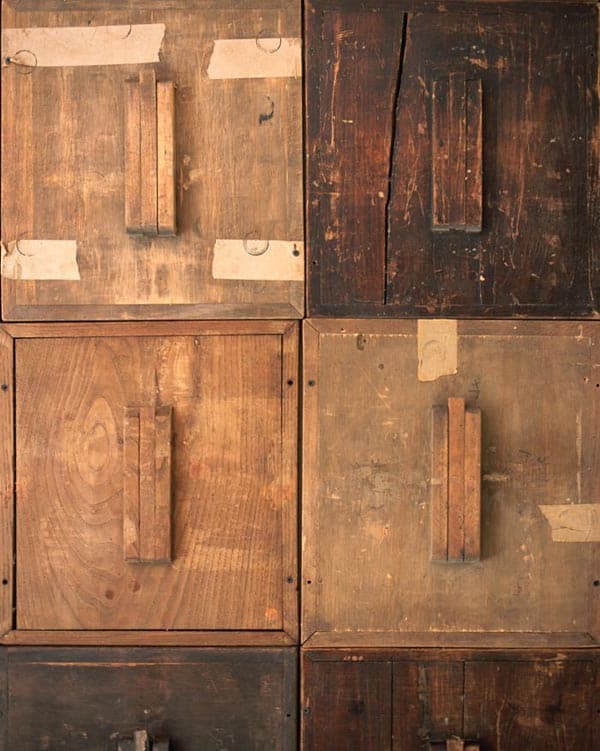
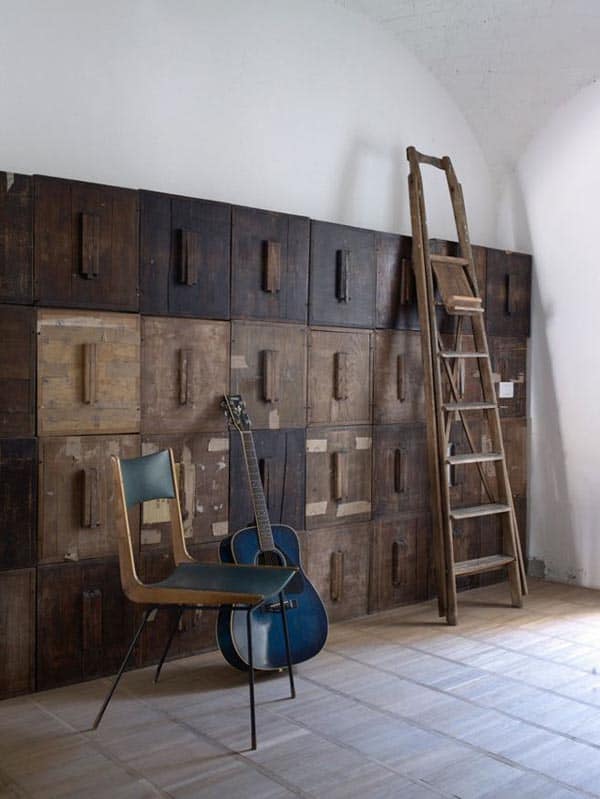
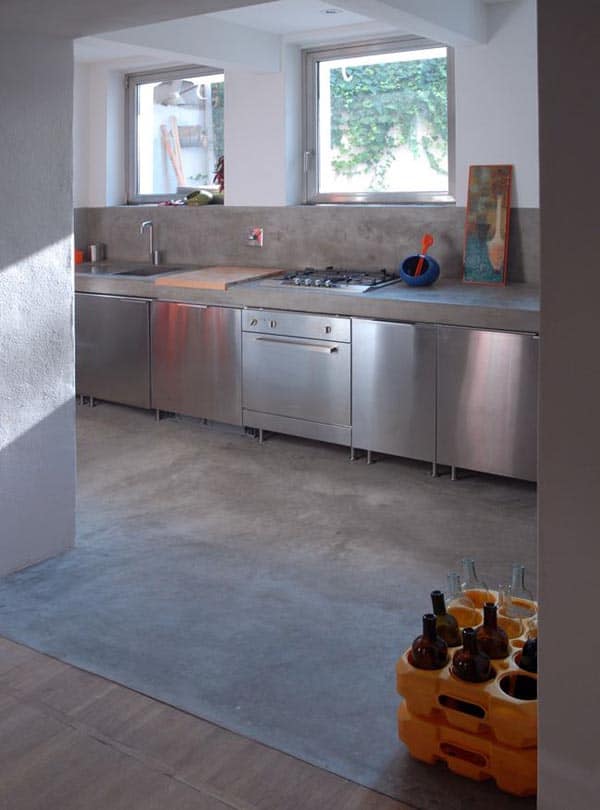
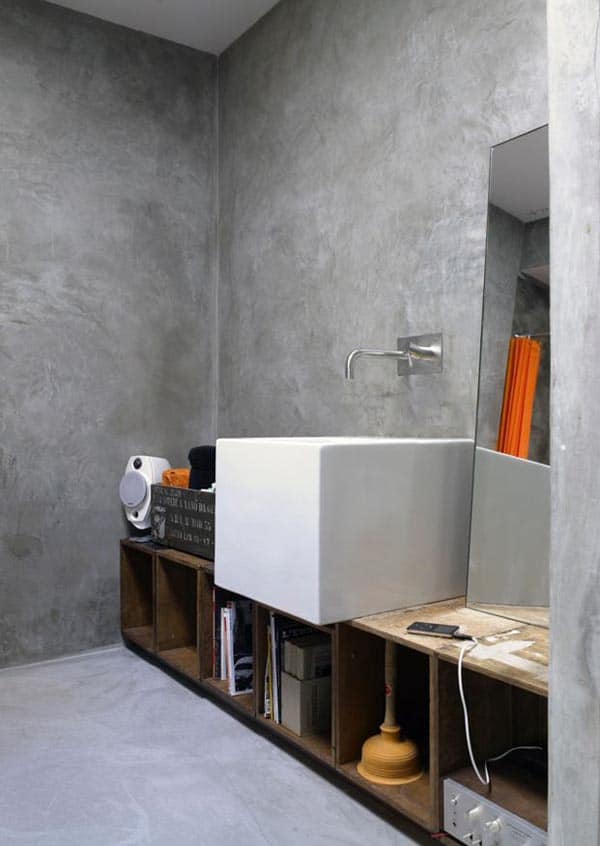
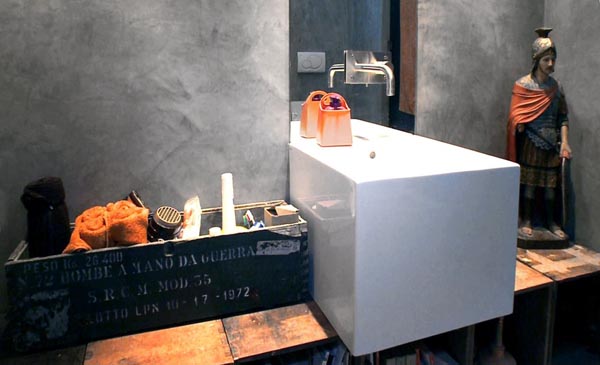

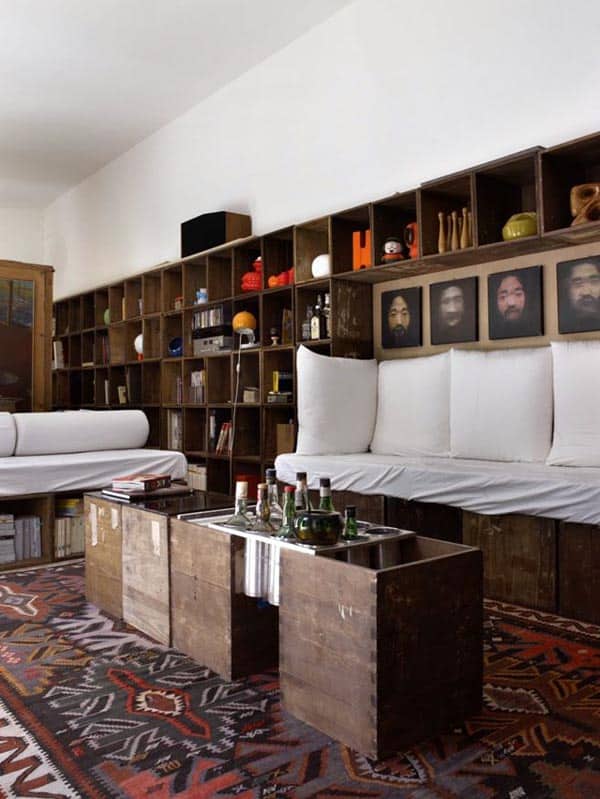
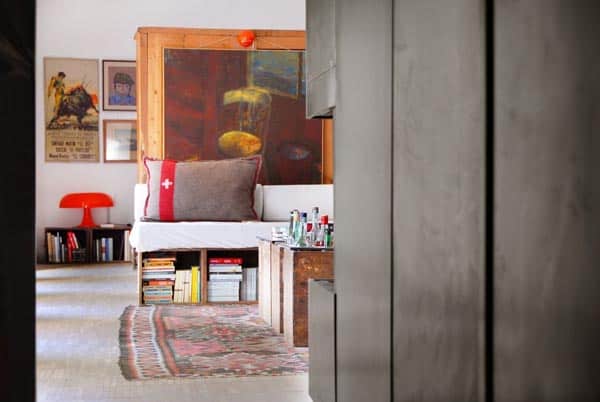
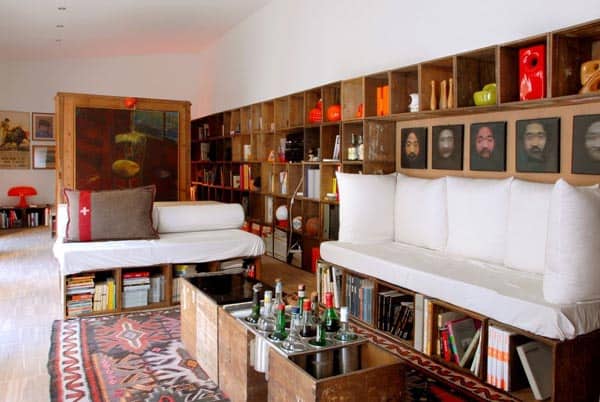
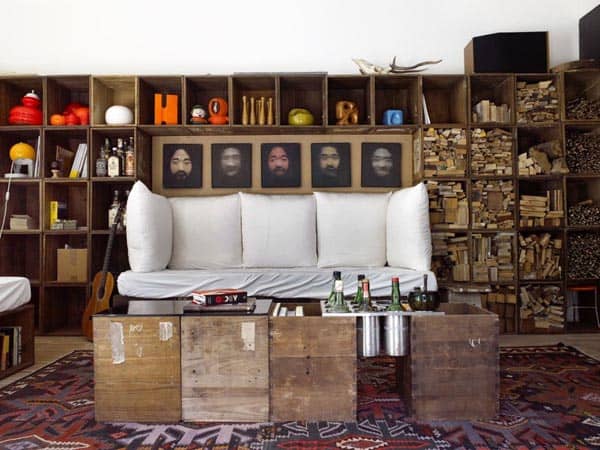
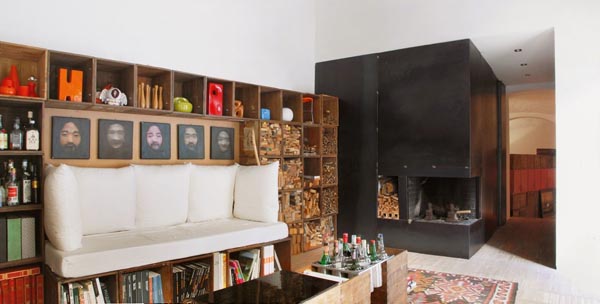
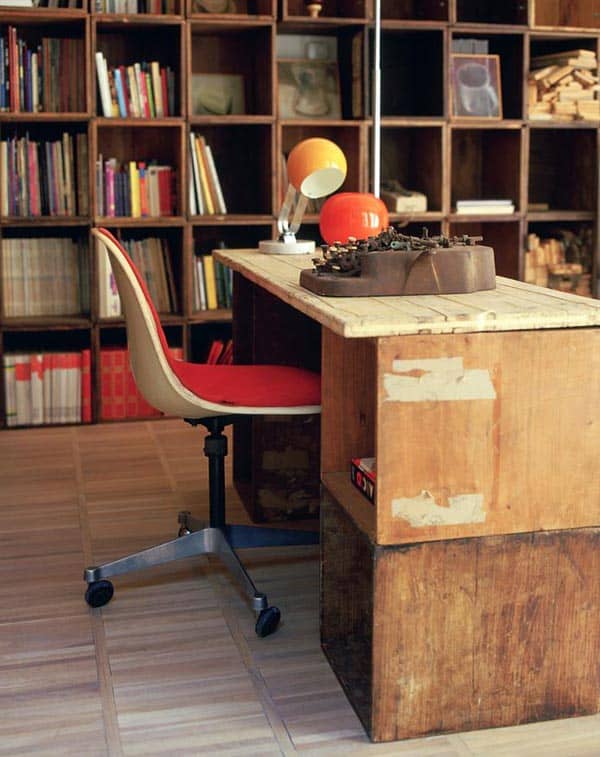


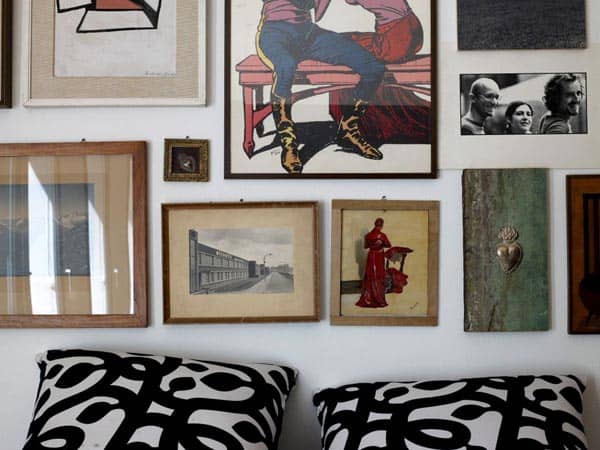
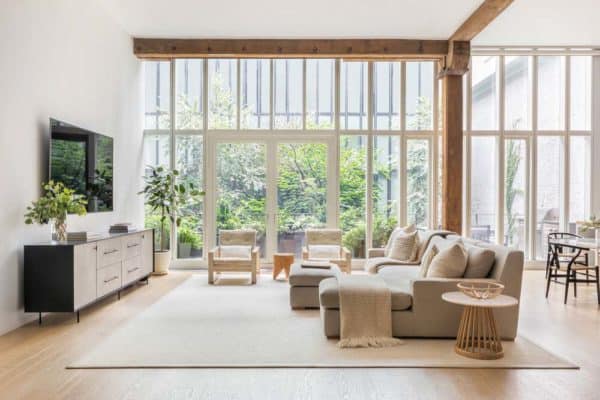
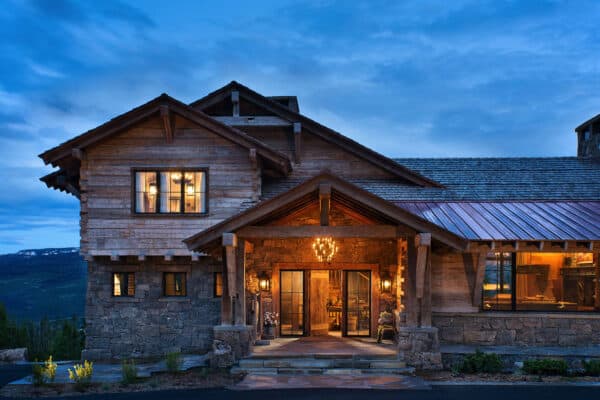
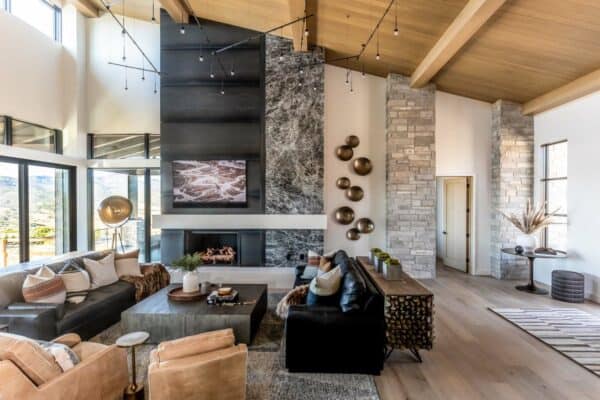
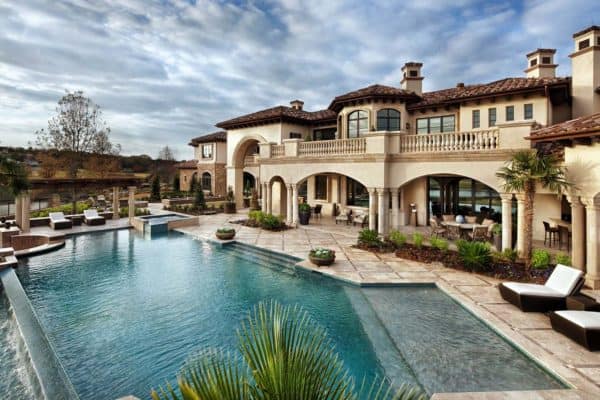
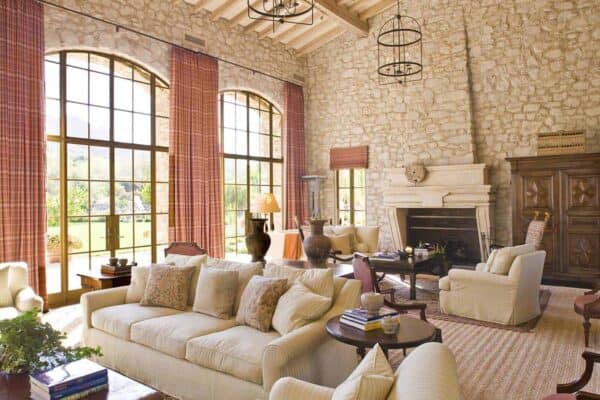

0 comments